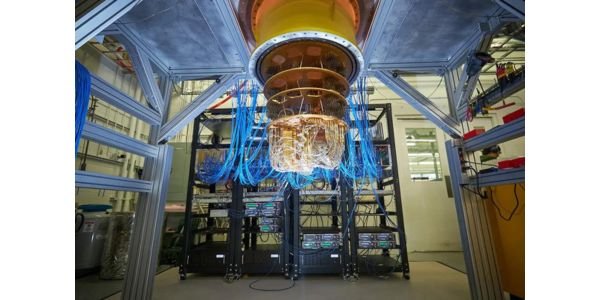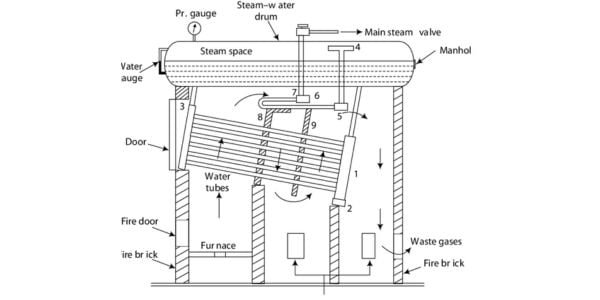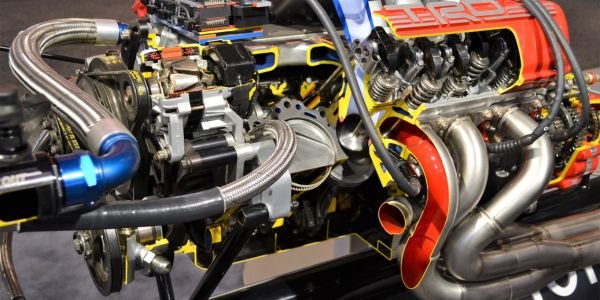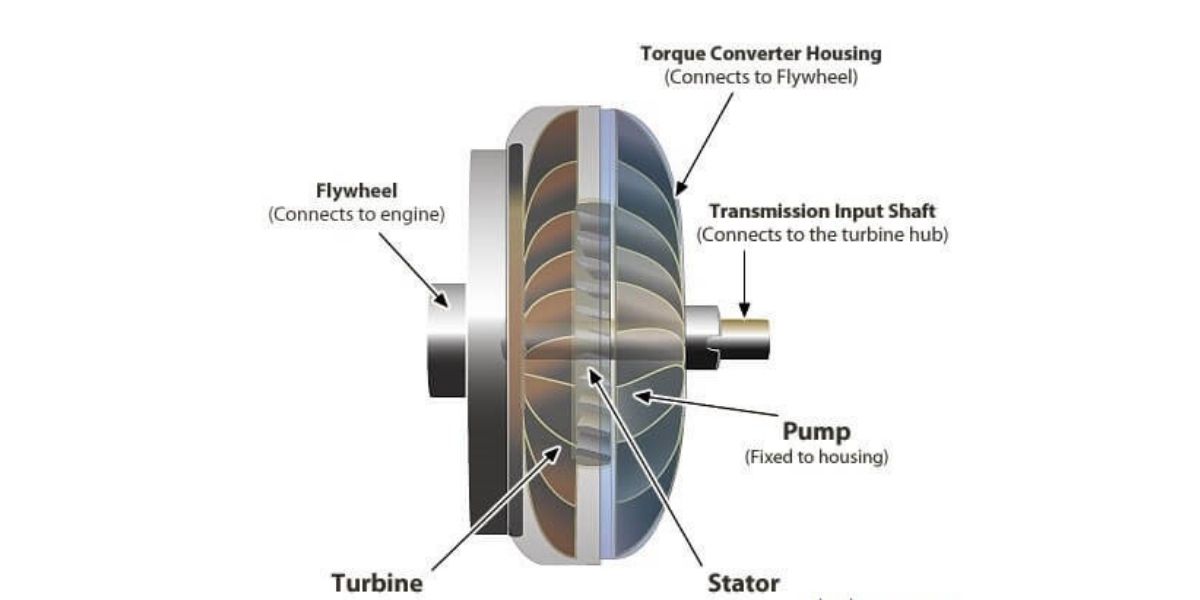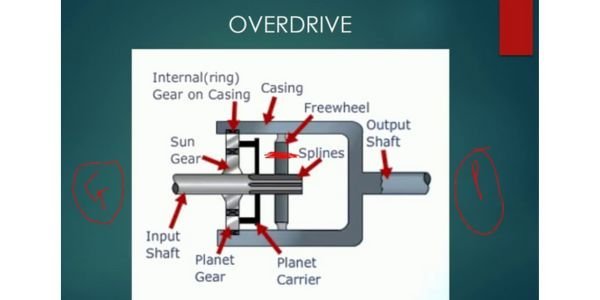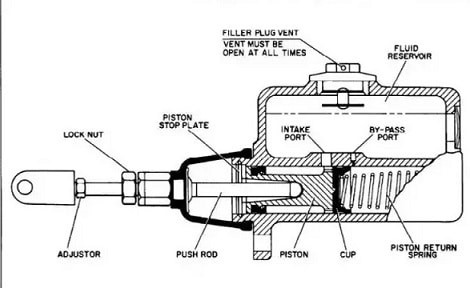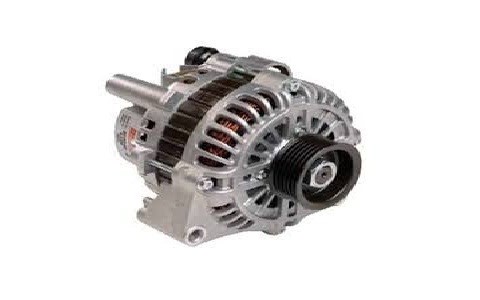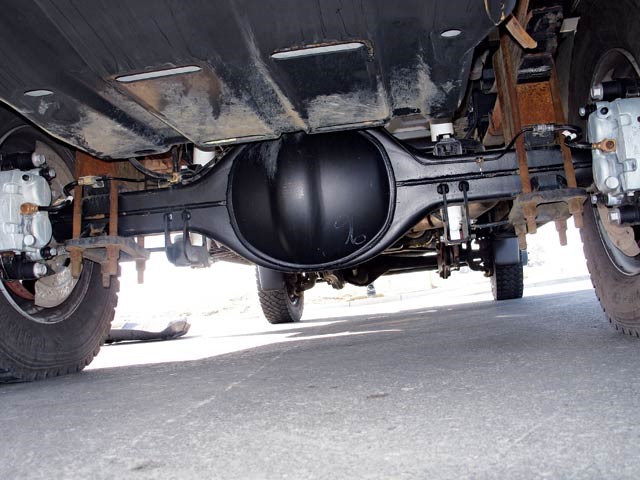Table of Contents
Introduction
In recent years, the global automotive industry has been on a quest to find more sustainable and environmentally friendly alternatives to traditional internal combustion engines powered by fossil fuels. Toyota, one of the world’s leading automobile manufacturers, has taken a significant step towards achieving this goal with its revolutionary Ammonia Engine technology.
This innovative solution aims to reduce greenhouse gas emissions and pave the way for a cleaner, more sustainable future.
In a world where people are moving toward using only electric cars, Toyota is doing things differently. They’re not completely relying on electric vehicles (EVs). While they do have some exciting electric cars coming soon, they’re also looking into other ways to power cars. One of those ways is with an ammonia-powered engine for regular cars.
The Ammonia Engine
An ammonia engine is a type of engine that uses ammonia as its main fuel. What’s special about ammonia is that it doesn’t produce carbon dioxide when it burns. This is important because carbon dioxide is a harmful greenhouse gas that causes pollution and climate change.
There are a few ways to make ammonia engines work well. One way is to break down ammonia into hydrogen and nitrogen and then use the hydrogen to make electricity in a fuel cell. Another way is to mix ammonia with other fuels like diesel, gas, or hydrogen to make it easier to start and keep the engine running.
There’s also a more complicated method where ammonia is the main fuel source, and it uses advanced technologies like spark ignition, compression ignition, or homogeneous charge compression ignition. No matter which way you look at it, the big advantage of ammonia engines is that they can store a lot of energy efficiently. This makes them great for industries where having a lot of energy in a small space is crucial, like transportation and power generation.
Toyota is exploring this technology and trying to make it work in their cars. They believe that ammonia engines could be a game-changer in the effort to reduce pollution and find cleaner ways to power our vehicles.
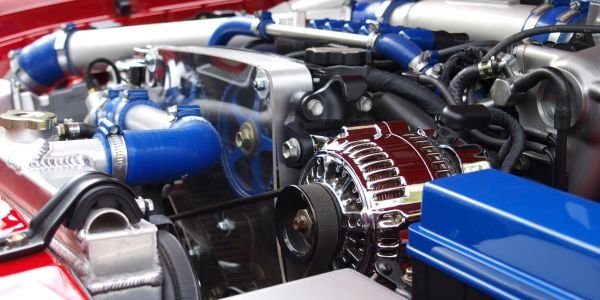
The Need for Sustainable Mobility
As concerns about climate change and environmental sustainability continue to grow, the automotive industry is under increasing pressure to reduce its carbon footprint. Traditional gasoline and diesel engines are major contributors to greenhouse gas emissions and air pollution. Consequently, automakers are investing in research and development to find cleaner alternatives, such as electric vehicles (EVs), hydrogen fuel cell vehicles, and ammonia-powered engines.
Ammonia: A Green Fuel Solution
Ammonia, NH3, has emerged as a promising candidate for a green and sustainable fuel source. It is composed of nitrogen and hydrogen, making it a clean-burning option with the potential to reduce carbon emissions. Unlike fossil fuels, ammonia does not produce carbon dioxide when burned, which is a major advantage in the fight against climate change.
Toyota’s Ammonia Engine: Key Features
1. Versatility: Toyota’s Ammonia Engine is designed to operate in a wide range of vehicles, including passenger cars, trucks, and buses. This versatility makes it a practical choice for a variety of applications.
2. Hydrogen Conversion: The Ammonia Engine’s technology relies on a process called hydrogen conversion. In this process, ammonia is cracked to release hydrogen gas, which is then used as a fuel for the engine. This conversion process is highly efficient and produces no harmful emissions.
3. Emissions Reduction: One of the most significant advantages of the Ammonia Engine is its ability to drastically reduce greenhouse gas emissions. By eliminating the production of CO2 during the combustion process, this technology plays a crucial role in mitigating climate change.
4. Refueling Infrastructure: Toyota’s approach to using ammonia as a fuel includes developing a comprehensive refueling infrastructure. This involves the production, transportation, and distribution of ammonia to ensure its availability to consumers.
Challenges and Potential Solutions
While Toyota’s Ammonia Engine shows great promise, there are several challenges to be addressed for its widespread adoption:
1. Ammonia Production: The production of ammonia currently relies on energy-intensive processes, which can have a significant carbon footprint. To overcome this, it is crucial to explore more sustainable methods for ammonia production, such as using renewable energy sources.
2. Ammonia Storage: Ammonia is typically stored as a liquid under pressure or as a gas at low temperatures, which requires special storage and safety considerations. Developing safe and efficient storage solutions is essential.
3. Infrastructure Development: The establishment of a robust ammonia refueling infrastructure is vital for the technology’s success. Collaboration between automakers, energy companies, and governments is necessary to make this a reality.
4. Cost Considerations: As with any emerging technology, cost is a significant factor. The affordability of ammonia-powered vehicles and the production of ammonia need to be addressed to make this technology accessible to a broader consumer base.
Summary
Toyota’s Ammonia Engine represents a groundbreaking innovation in the pursuit of sustainable mobility. By harnessing the power of ammonia as a clean and efficient fuel source, Toyota has taken a significant step towards reducing greenhouse gas emissions in the automotive industry. While there are challenges to overcome, the potential benefits of this technology are enormous.
As automakers and governments work together to develop infrastructure, reduce production costs, and improve safety measures, ammonia-powered vehicles may become a common sight on our roads, helping to create a greener and more sustainable future.
Also, read about IC Engine




